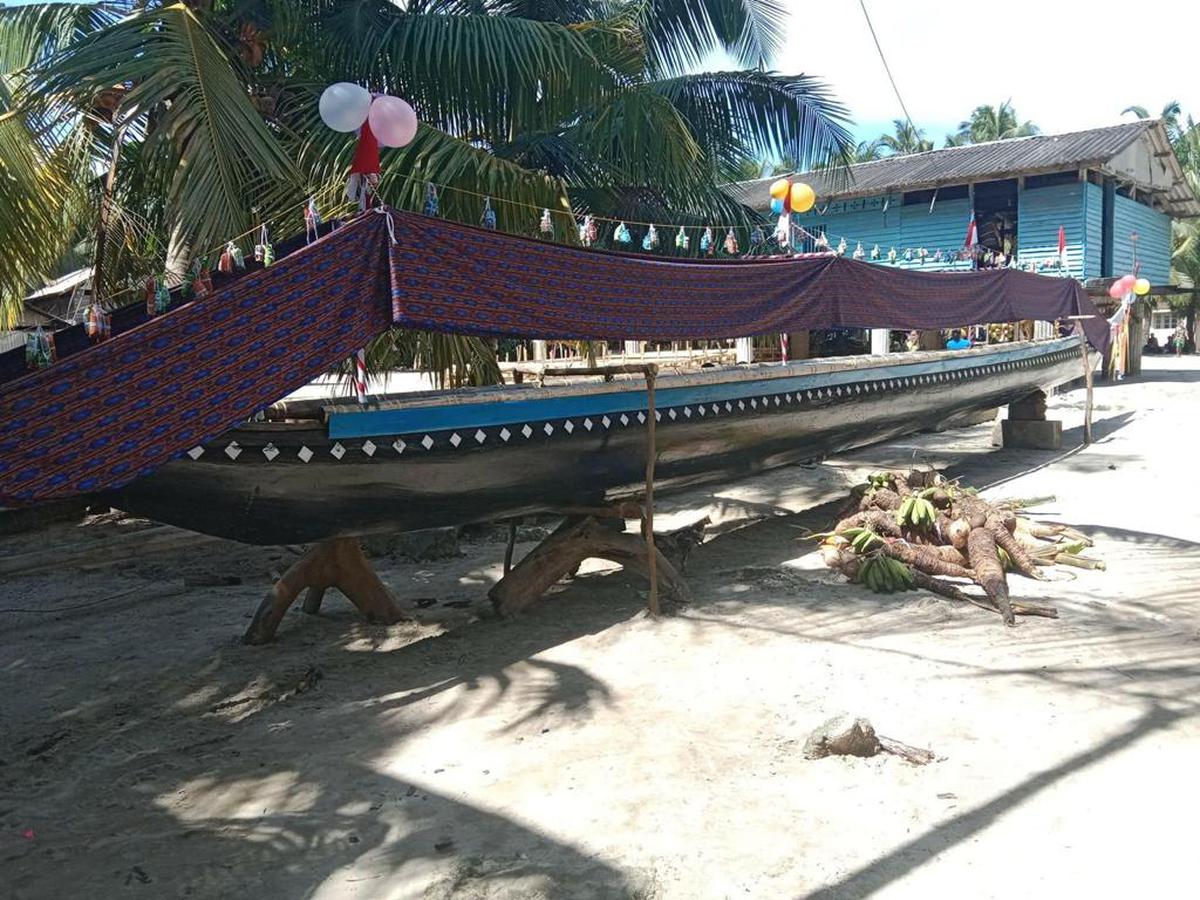Nine special Vostro accounts between India and Russia were opened for trade in rupee after RBI’s approval.
The Reserve Bank of India had announced guidelines on overseas trade in Indian Rupee in July 2022.
In the COP27 U.N. climate summit in Egypt, the parties agreed to create a loss and damage fund.
Three decades ago Vanuatu, an island in Oceania, first asked nations to set up an insurance fund to help island countries cope with the rising seas.
The 28th Conference of the Parties (COP) of the UN’s Framework Convention for Climate Change will be held in the UAE in 2023.
The Nicobari Hodi craft is the first application seeking GI tag from Andaman & Nicobar Islands.

For the first time since joining the CITES in 1976, India did not vote against a proposal seeking to re-open the ivory trade.
Chapter VA prohibits trade and commerce in trophies and items or animal articles derived from species listed in Schedule I and Part II of Schedule II of the Act.
| African Elephants | Asian Elephants | |
| IUCN | Vulnerable | Endangered |
| CITES | Appendix II | Appendix I |
| Wildlife Protection Act 1972. | - | Schedule I |
The Sangai festival for the first time organised in at least 13 places to make it an all-Manipur festival and showcase culture of all communities.
The indigenous sagol kangjei, a sport that has now evolved into the modern game of polo, will also be featured during the festival.